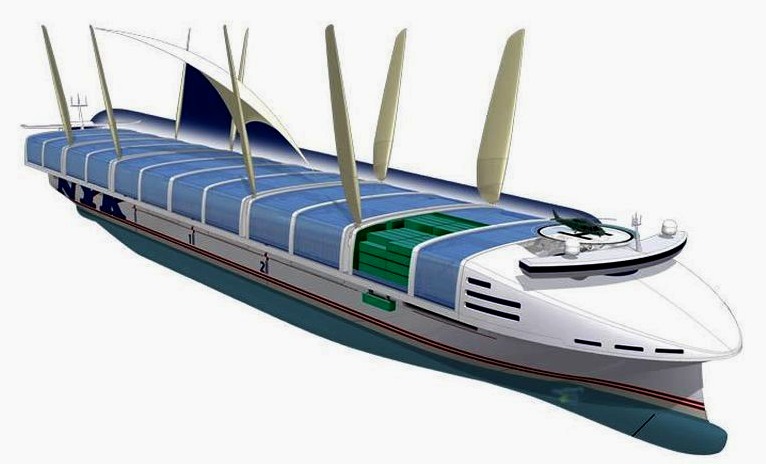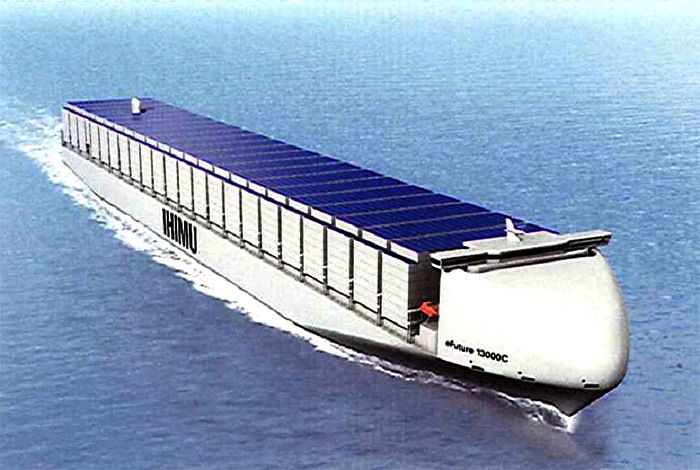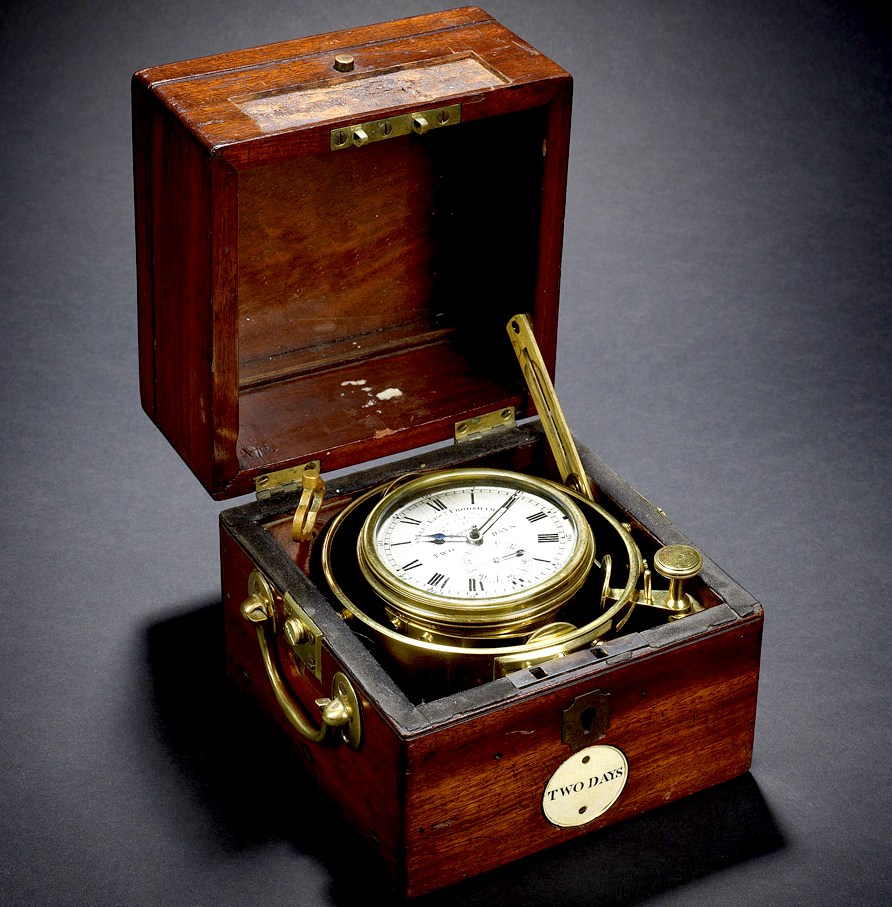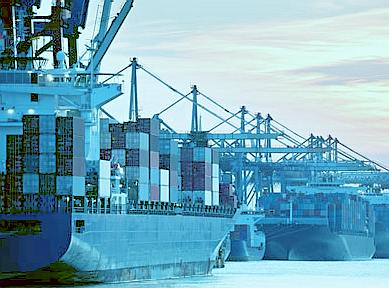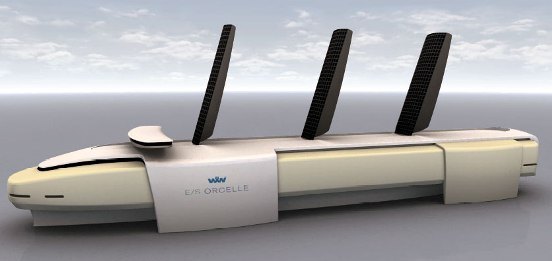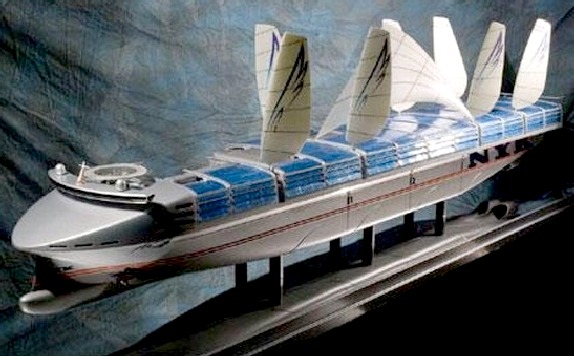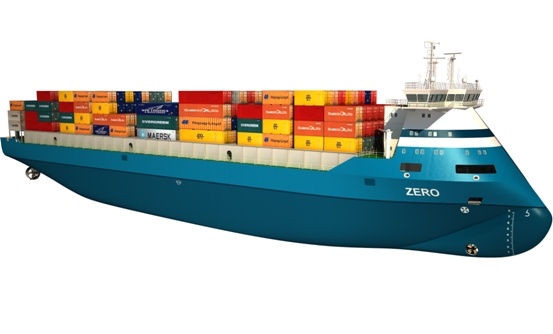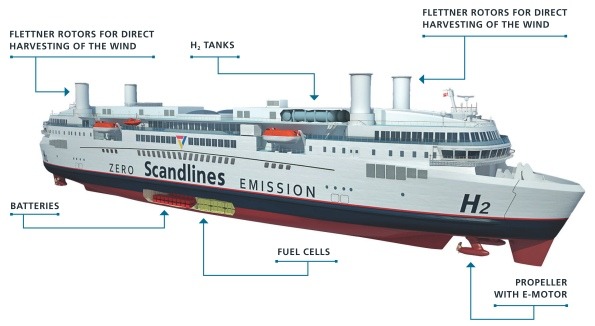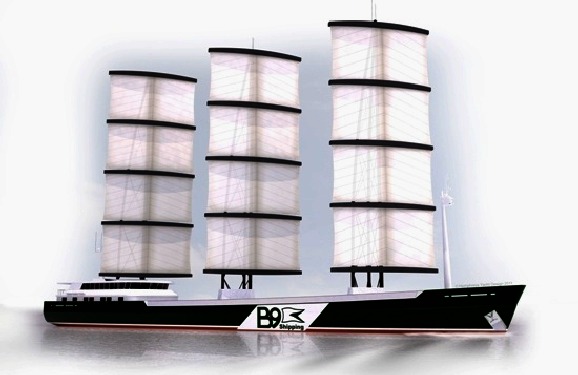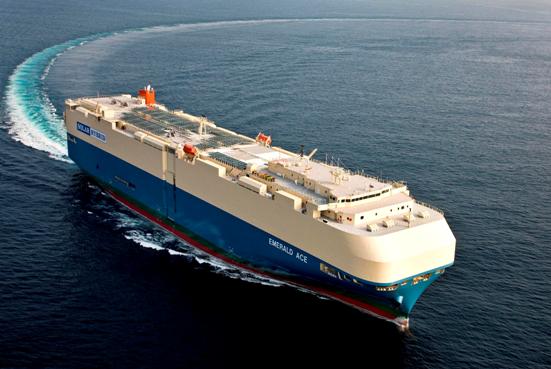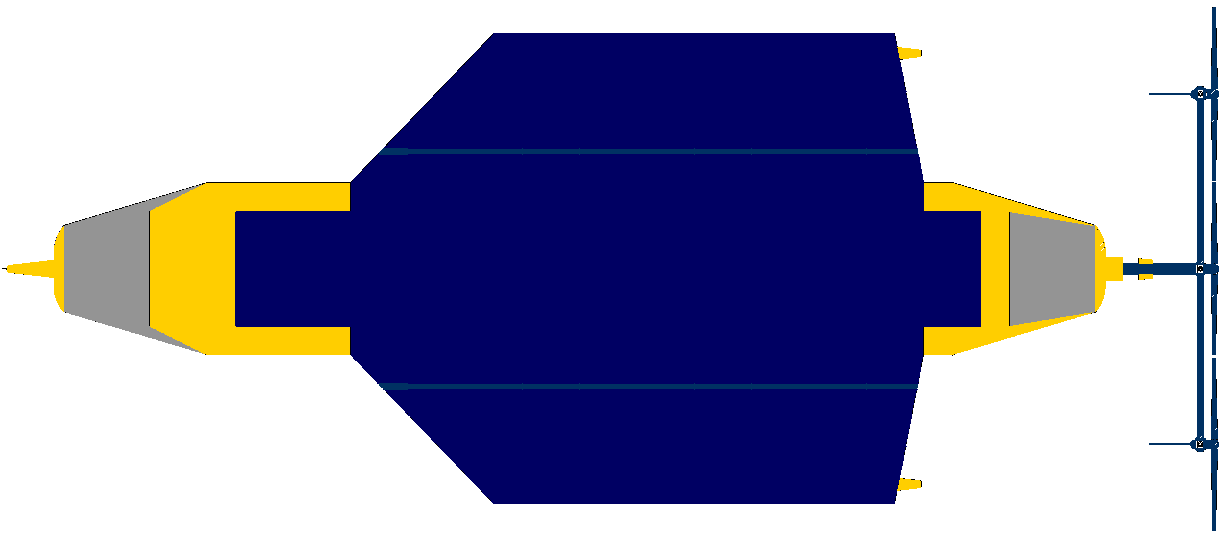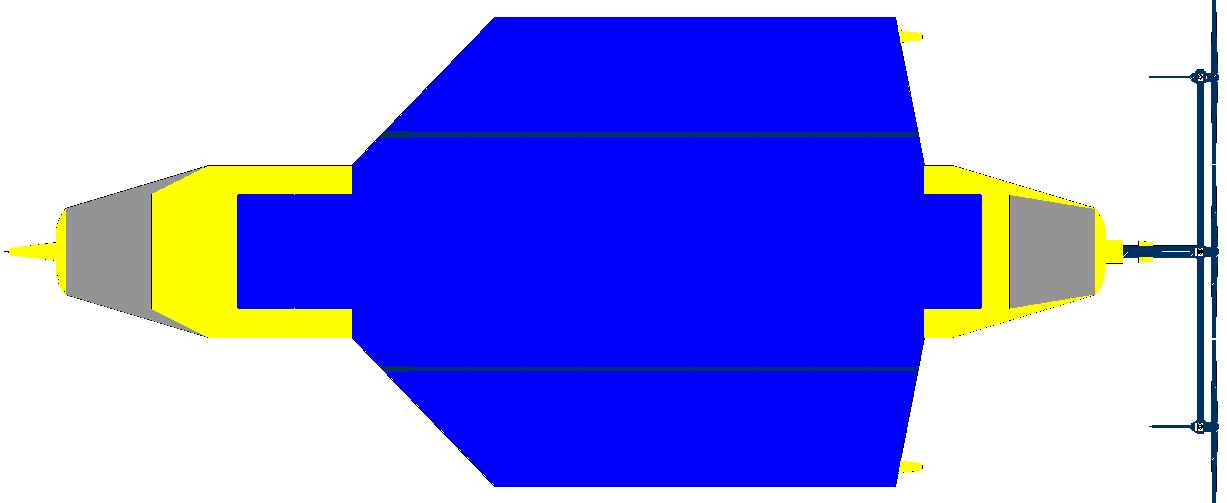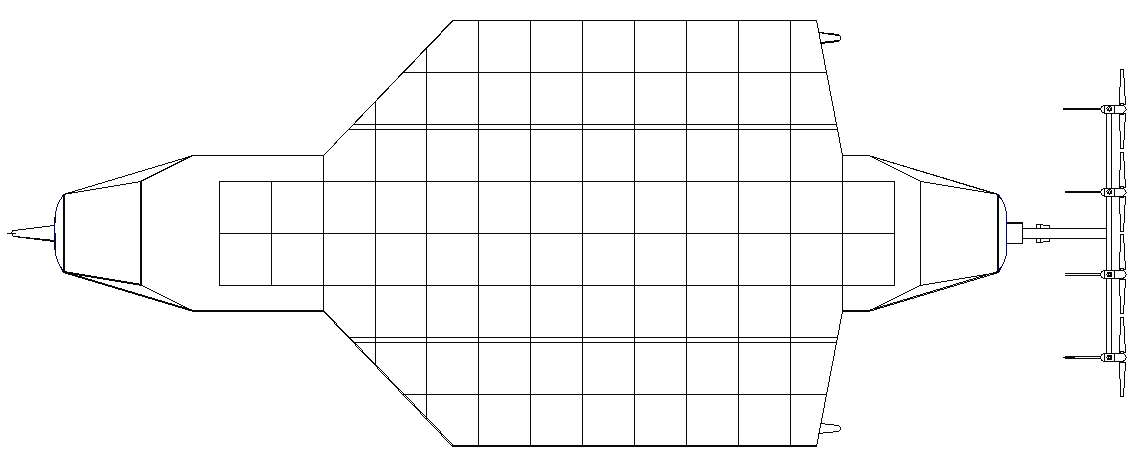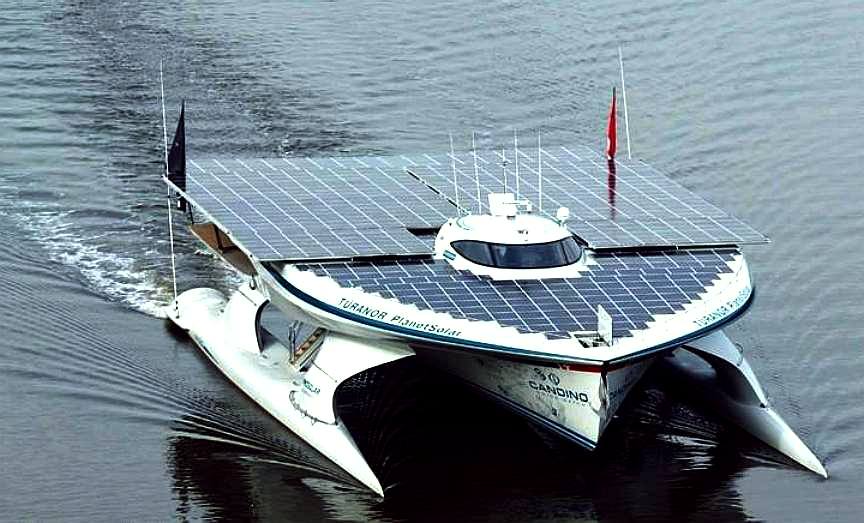|
CARGO & CONTAINER SHIPS
Please use our A-Z INDEX to navigate this site where page links may lead to other sites
|
|||||
|
NYK - Super Eco cargo ship concept. One of the best we've seen.
We are living in a new age where electric ships will take over from diesel bunkered fume makers simply because of the need to adapt to survive. The only problem is how to get there with rigid thinking ruling the day - and how to get there without undue complications.
We must throw away the old rule book and start again with a clean sheet of paper. Then take whatever comes of that and draw a line to existing technology and infrastructure. It will be as difficult for shipping bosses to assimilate as the change from sail to steam.
When it comes to leading change, forget the Admiralty. Navies are always several hurdles behind. Imagine trying to sell Zero Carbon Peace to the warmongers. They love noise and smell to go with their missiles and mines.
Dual energy harvesting Solar and Wind powered Cargo and container ships will not look anything like the Climate Change Challenger, even though the basic formula is the same. For starters, a container ship is all about loading and unloading. This means a different solar panel arrangement while still maintaining tracking and wind turbine boost. Fortunately, there is a way.
PARIS AGREEMENT
Current solutions such as carbon capture and incremental energy savings are not enough to achieve UN target reductions due to their limited potential. Reduction measures for NOx and SOx emissions are often achieved with solutions that increase GHG emissions, contrary to the main aim of cleaning up ocean transport.
MARINE SOLUTION - The chronometer was vital to the ability to create charts and safely navigate the world. The first chronometers were invented by a carpenter's son: John Harrison.
The Board of Longitude, charged with finding a solution to this navigation problem, failed to recognise when they had found what they were looking for. This is a frequent problem for experts who only want to recognise solutions that fit within their comprehension of current knowledge - not accepting anything that does not conform. Understandably, they would rather deny a solution than risk their reputation. The marine world thought otherwise, gratefully accepting these timepieces as essential navigation aids. This included the Royal Navy's Captain James Cook (HMS Endeavour, Discovery & Resolution) and Captain Robert Fitzroy (HMS Beagle) 1763-1779.
2050 TARGET OBSTACLES
A 2050 target means that we need to radically rethink our marine transport policies and strategy, against a tide of existing investment and operators who do not want change where it will cost them money. In some cases emerging operators will embrace change and relish the potential long term costs savings that electric shipping has to offer. But it is a whole new business model that needs to be developed to the point where financiers can easily understand plans.
SCRAPPAGE
In order to accelerate such ideal, a scrappage scheme might be introduced, where older bunker fuelled vessels are traded in for an allowance against an purchase order for a Zero Carbon ship.
MARINE TAX
In addition, cargo and passengers that are delivered via diesel engines or coal fired boilers could be subject to an international marine tax on gallons of fuel used or tons of coal burned, which taxes will go toward building up a fund for scrap-age trade-ins.
SPEED REDUCTION LOGISTICS
A relatively simple way to reduce fuel consumption and emissions is speed reduction. The industry has already introduced slow steaming in many segments and a further 10-20% reduction could be possible without major change in equipment or logistics.
This would correspond to a reduction in fuel consumption in the order of 30% in the short term, also accounting for the fact that more vessels will be needed to cover the transport demand.
Slow steaming makes solar powered shipping more attractive, tending to level the playing field. Where speed is to be reduced by more than 20% leading up to 2050, established logistics solutions and charter contracts will need to be reviewed.
SMALLER SHIPS IN BIGGER NUMBERS
The ability to handle a larger number of smaller ships, means that ports and harbours may need to revise berthing and loading arrangements for a quicker turnaround. It also means that smaller and more frequent consignments might be catered for and that investment in new ships may be in smaller bites.
At this stage it is impossible to guess at the advantages or disadvantages of electric ocean transport, until we know how well the 'Climate Change Challenger' might perform. Once that data is available, computer modelling might allow us to determine workability scenarios.
OTHER LOW CARBON CONCEPTS
New ships are being designed using a variety of technologies which would help to reduce the carbon emissions to a great extent.
WALLENIUS - The giant E/S Orcelle car carrier concept used wind, wave and hydrogen fuel cells to badge itself zero carbon to carry more cars than other cargo vessels of the type.
2. Super Eco Ship 2030
B9 SHIPPING - Tried and trusted means of moving ships across the oceans is this concept, removing the need for able bodies seamen with mechanical sail hoisting and furling, combined with a methane gas internal combustion engine.
5. B9 Cargo Ships
MITSUBISHI - Incorporating solar panels for MARPOL mitigation when in port, the Emerald Ace is not zero carbon but a step in the right direction.
A - Z SAIL AND SOLAR ASSISTED BOATS & SHIPS
CONTACTS
Solar Studios BN271RF United Kingdom
LINKS & REFERENCES
http://www.blue-growth.org
ENCHMARK - MS Turanor PlanetSolar (Switzerland) navigated the world in a westward direction from Monaco in 1 year 7 months and 7 days from 27 September 2010 to 4 May 2012. We wonder why nobody has attempted to improve on this design, to challenge the record in the intervening seven years.
Please use our A-Z INDEX to navigate this site
|
|||||
|
This website is provided on a free basis as a public information service. copyright © Climate Change Trust 2019. Solar Studios, BN271RF, United Kingdom.
|
